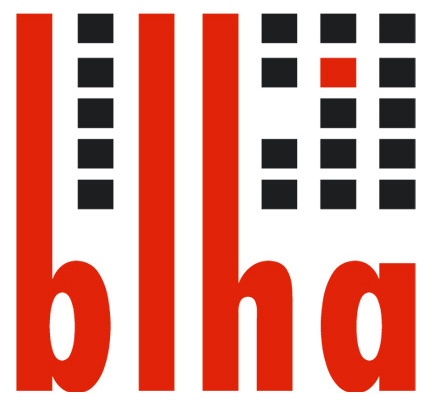The work areas
In order to be able to analyse the documents of the Asset Realisation Office with digital research tools, close cooperation between various specialist departments is necessary throughout the project.
The first fundamental task was to standardise the indexing details of the collection.
The condition assessment of the files by the restorers was the starting point for carrying out the necessary conservation measures on paper. The files prepared in this way were then digitised in a way that protected the original documents and the digitised files were further processed until they could finally flow into the electronic evaluation of the provenance research and be put online. Most of the digitised holdings are now available online for further historical questions and research.
In the course of the project, close management ensured that the successive processing of the inventory and the large number of internal and external work steps running in parallel were successful. The interdisciplinary work in the project presents all participants with new tasks and at the same time ensures a constant dialogue.
Checking and standardising data - the indexing revision
We archivists guard archival treasures - with sleeves and horn-rimmed glasses, we rummage through enormous mountains of paper in dusty basements. So much for the cliché that still persists as an image. The fact that we mainly sit in front of computers and process data records in specialised databases is probably not (yet) part of the widespread image of archival work. However, this is precisely the main task of the archivist in the OFP project... Learn more
Cleaning and closing cracks - restoration
After around eight decades of use, the 42,000 or so files in the collection show varying degrees of wear and damage. In addition, the acidic paper is at risk of accelerated decay, which can only be slowed down by extensive treatment. In order to preserve the archive records in the long term and enable their digitisation, the two restorers working on the project examined the historical documents sheet by sheet - more than one million sheets - and determined restoration and conservation measures... Learn more
Scanning and editing - digitisation
In order to make the files of the fonds Rep. 36A Oberfinanzpräsident Berlin-Brandenburg (II) available for current research methods and accessible to the public, it is necessary to scan or digitise them in a way that preserves the original as much as possible. To ensure that the more than two million pages of the collection can be digitised within the specified project duration, the project is working with a specialist service provider. The smoothest possible digitisation process is achieved through intensive preparation and cooperation with the archivists managing the collection and the restoration department, as well as targeted project planning... Learn more
Reconstructing and evaluating – the Provenance Research
As part of the OFP project, the provenance researchers are in the process of analysing around 42,000 digitised files from the inventory Rep. 36A Oberfinanzpräsident Berlin-Brandenburg (II) in order to find evidence of art and cultural property that was seized... Learn more

